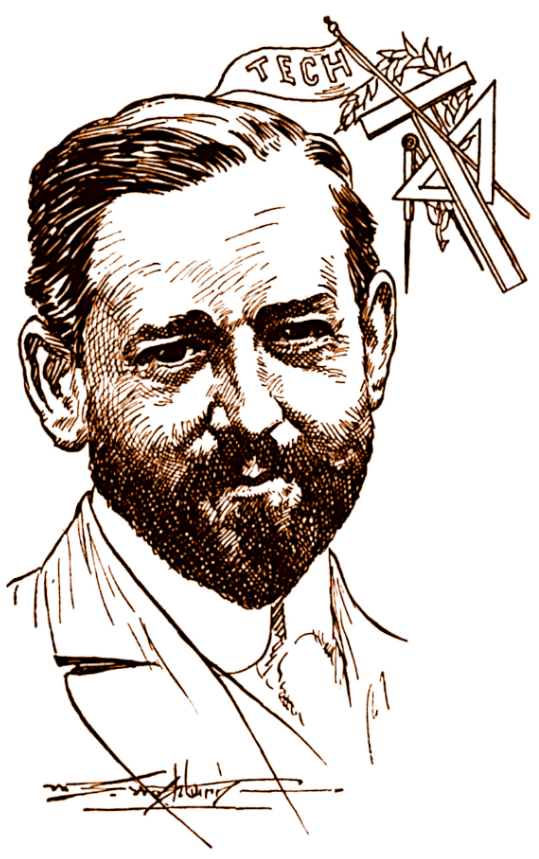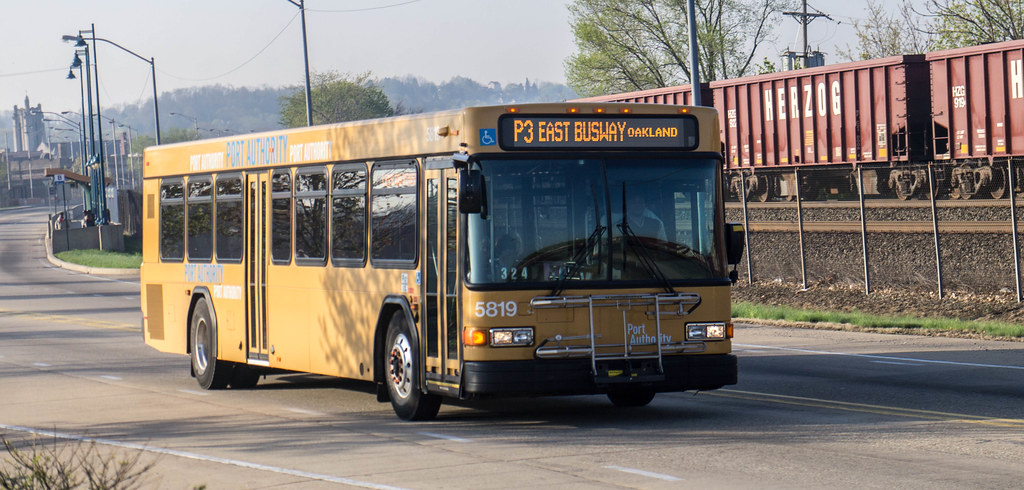Editorials featured in the Forum section are solely the opinions of their individual authors.
I don’t think I can wax much longer about the Midwest — I’ve done it enough, and I’ve told you the story of how it was founded, and the story of how it was built, and the story of who we are.
I finished telling those stories on the bus ride there — a long, belabored, 14-hour journey that I tried spending awake but from which I drifted off every now and then. In case you were curious about my time in the Windy City, The Bean was closed for construction and I enjoyed my short time living as Ferris Bueller would’ve wanted. You have to slow down sometimes, because life doesn’t let you — and it’s very hard to slow down in a city that seems to make everything go so fast.
I loved Chicago and I plan on visiting again to make another round of all the museums and parks, and to spend more money on useless trinkets and goofy hats (that I will no doubt hide in a closet and only pull out for odd reminiscing when the memories of this trip are hazy tales told at a dinner table).
I do wish I’d been able to spend more time there, but alas, neither Carnegie nor Mellon cares much for my health and I had to say goodbye to the gray and cloudy skies of Illinois for the similarly gray and cloudy skies of Pittsburgh, and I was back on a Greyhound, in for another 14 hours of travel past suburb and field.
On this bus ride, as I watch another McMansion go by, I will tell you just one more story. — tThis is my final letter, as Chicago has left me without any more creative spark.
In my writing for The Tartan, I’ve focused my movie reviews on two major parts of the American Dream: the story of the Cowboy through the Western, and the story of the Immigrant through the gangster. It is movies that so well tell those little adventures and developments, but there’s one last part of the American Dream I want to focus on.
For so long, the U.S. was a backwater, a new continent, a place for beginnings and hope, but not the greatest. That was changed by the ramblings of an Austrian madman and the horrors he wrought upon Europe, which started a chain reaction that ended with the ascension of the U.S.
With that ascension, I’m left with one last story: the story of a young G.I., coming back from a war that cemented the U.S. as the greatest country in the world, that made him a citizen of a hegemon unseen in the annals of history. He’s confused, traumatized, torn, lost. He’s got a bill that promises him college and a girl back home he hasn’t spoken to since shipping out and a house emptied of life that he doesn’t recognize anymore.
He’s one of the 12 million we had once put on the front lines in the war, who came back home to make something of himself. He was probably another Private, someone who hadn’t thought much of himself until he’d seen his number called and now, he saw another number called — a college acceptance letter, a four-year degree. He had a job, maybe even a family, and he needed a place to live.
And American Construction had no intent to leave him empty-handed. One home was built, then 100, copied and pasted over and over again, waiting for one of those 12 million. Also awaiting him was a good, blue-collar union job. Sure, the house next door looked the exact same, and now he had a few dozen rules on how to maintain his lawn, but he’d done it. He had made it.
This is the story of the last great hurrah of the American Dream, of the Baby Boomer, of our parents’ parents and their generation. They became the engineers and technicians who built the world wide web, who saw the U.S. become what it is today. Their kids would become the Wall Street Bankers and yuppies that came to the forefront of the ’80s.
Through all that, something happened. The G.I., his family, and his kids, had gotten themselves a house and good-paying job. They were ready to take advantage of the wealth and prosperity that the U.S. was now renowned for. But they’d lost something.
In all their wanderings, they’d finally found a place they didn’t need to wander away from. The American G.I. had found a home. He entered suburbia. And the wandering died.
It’s something you’ll notice as you leave the cities, the fields, the emptiness and start looking at the people. For every farmer, a rural man with a dozen stories and another dozen scars to go along with them, you’ll see a dozen homes, with families and people who don’t ever intend to look at a crop before it comes to their supermarkets.
There’s a point, in the middle, between the city and the farm, that you’ll see hundreds of them, their 2.5 kids playing in their front yard as the dad fixes the tire on their 1.4 automobiles.
It’s our permanence, open and laid bare. Why wander anymore? What’s left? Where’s the next great port, the place for our transients and intransients to make themselves at home?
They flocked to the cities, and then they flocked to the suburbs. They flocked to white collar jobs. They flocked to places like Sandusky, Ohio.
I promised you a love song, didn’t I?
It’s places like Sandusky that flourished with the return of these G.I.s, and there are cities across this country that remind you of it. A few manufacturing hubs, but mostly, white collar jobs, offered to people who wanted their own little slice of heaven not too far from their new place of employment. Sandusky itself is this story distilled — once a railroad hub, then a paper manufacturing center, and then, a place that lived off tourism. The rails are removed and the factories defunct, because America doesn’t need them anymore.
We had so much space, so much land and so much beauty and now, we just needed a place to stay. We’d explored enough.
There is a triumph in the American Myth — it’s that the American Dream cannot die as long as there is Sandusky, Ohio, because as long as there is Sandusky, Ohio, there’s someone just like that young G.I. who thought something of himself and was proven right.

This is actually a suburb of Cincinatti, but Ohio is Ohio is Ohio if you ask me.






Leave a Reply